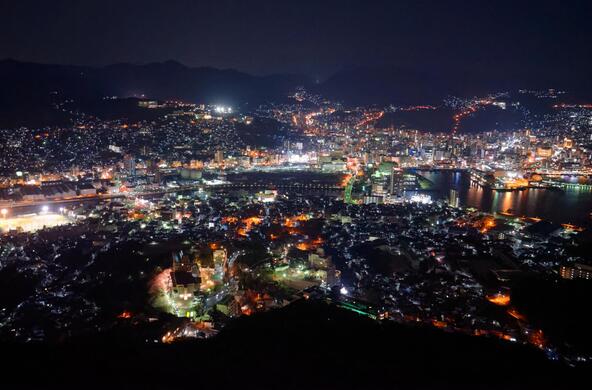Forty years ago this month, the United States dodged a major bullet with the Three Mile Island disaster in Pennsylvania. The fright was good for us, since it put the brakes on enthusiasm for nuclear power.
Now, as presidential candidates discuss a Green New Deal, it is easy to envision renewed interest in nuclear to reduce our nation’s impact on global climate. After all, it produces no carbon dioxide emissions beyond those associated with the construction of power plants.
And nuclear power is not burdened with the indirect health effects associated with the mining and combustion of coal for electricity, nor does it destroy mountaintops in West Virginia.
Nevertheless, we should be cautious about nuclear.
We’ve seen two big examples of the dangers of nuclear power beyond the partial meltdown of a reactor at Three Mile Island, located near Harrisburg in Dauphin County. The 1986 disaster at Chernobyl left about 1,000 square miles of land uninhabitable by humans for the foreseeable future, including dangerous levels of Plutonium-239 in the soil. Plutonium-239 has a half-life of 24,000 years.
Imagine the same for a nuclear power plant near you. For central North Carolina, where I live, this would involve the exposure of 2 million people and the instantaneous and permanent abandonment of the campuses of Duke, N.C. State and the University of North Carolina.
The half-life of some of the other radioactive elements released at Chernobyl, such as Cesium-137 and Strontium-90, is about 30 years. Unfortunately, the contamination of the environment by these isotopes was more widespread, in part because they are lighter and more easily carried by winds and water. In this case, Cesium-137 was transported in the atmosphere and deposited in the United Kingdom, where dangerous levels may persist in the soil for more than 100 years. Levels of cesium in some sheep, which fed on grasses in contaminated soils, are above the standards for human consumption.
Nuclear advocates are quick to point out that some wildlife populations in the exclusion zone have increased dramatically — perhaps as a result of the relaxation of hunting and other human pressures after 1986. But the higher incidence of albinism in local barn swallows should be a reminder that radiation-induced genetic mutations afflict wildlife populations and potentially humans as well. Higher incidence of thyroid cancer and genetic irregularities are reported from human populations around Chernobyl.
Severe contamination of the local environment also resulted from the disaster at Fukushima. It is unclear whether some areas will ever be inhabited again. The worst effects of a nuclear disaster are normally found in the region around the event itself, but fallouts spread worldwide. Within a month of the catastrophe in Japan, elevated levels of Iodine-131 and Cesium-137 were recorded in rainfall collected by the National Atmospheric Deposition Stations (NADP) across the United States.
With nuclear power comes the associated problems of waste disposal, which have yet to be addressed effectively in the United States. And a proliferation of nuclear power also enhances the likelihood that nuclear materials will be diverted to nefarious purposes, such as the production of a “dirty bomb” by terrorists.
Stripped of subsidies, the cost of nuclear power is higher than that for solar and wind power to generate electricity. When the hidden costs are included, there is no contest.
Nuclear power may appear to be clean. We see no equivalent to black-lung disease among coal miners, no mercury accumulations in fishes downwind and no carbon dioxide emissions that change our climate globally. But when there is a problem with nuclear power, it is sure to be large, persistent and biocidal for the persistence of life on Earth.
Accidents always happen; we cannot afford an accident with nuclear power.






